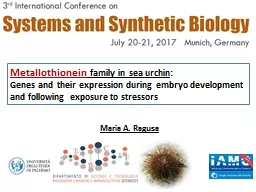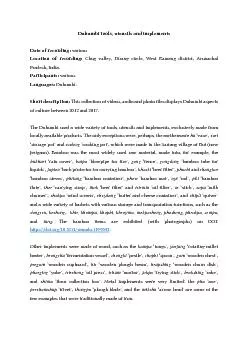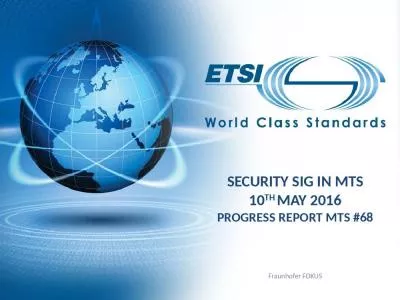PPT-MTS Working Group
Author : giovanna-bartolotta | Published Date : 2017-03-20
San Francisco F2F Agenda Mar 23 2015 Agenda Morning 9a12n Opening amp Introductions Paul De Martini DRP Methodology Mark Esquerra DPP Alignment Lorenzo Kristov
Presentation Embed Code
Download Presentation
Download Presentation The PPT/PDF document "MTS Working Group" is the property of its rightful owner. Permission is granted to download and print the materials on this website for personal, non-commercial use only, and to display it on your personal computer provided you do not modify the materials and that you retain all copyright notices contained in the materials. By downloading content from our website, you accept the terms of this agreement.
MTS Working Group: Transcript
Download Rules Of Document
"MTS Working Group"The content belongs to its owner. You may download and print it for personal use, without modification, and keep all copyright notices. By downloading, you agree to these terms.
Related Documents














